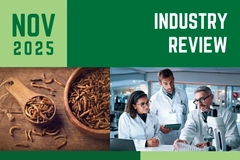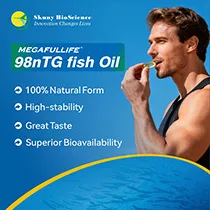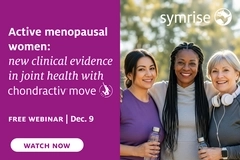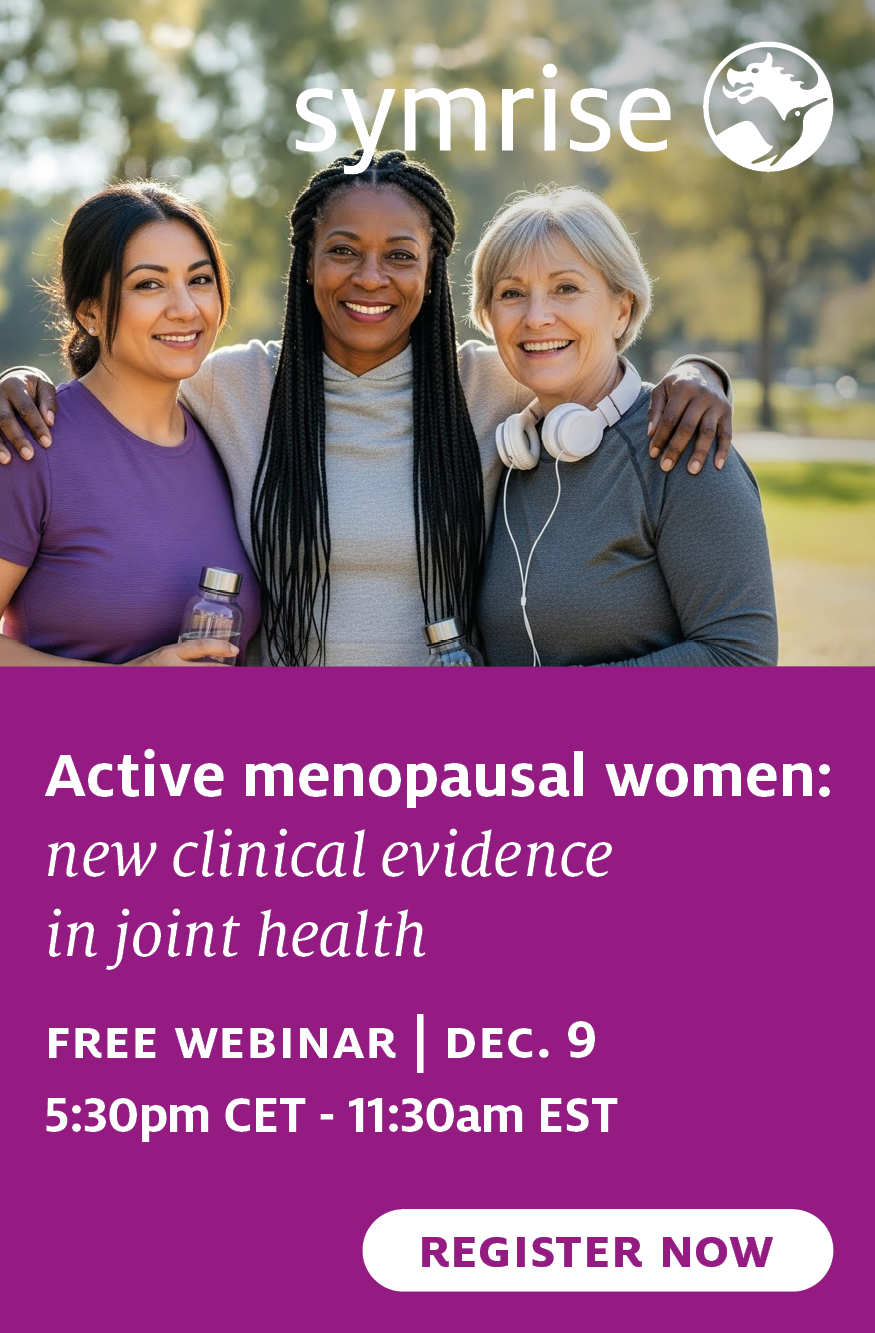
- Industry news
Industry news
- Category news
- Reports
- Key trends
- Multimedia
Multimedia
- Journal
- Events
- Suppliers
Suppliers
- Home
- Industry news
Industry news
- Category news
- Reports
- Key trends
- Multimedia
Multimedia
- Events
- Suppliers
Suppliers
Researchers Call for Safe Level Guidelines for Bioactives

02 Jun 2017 --- Research has shown the potential health benefits of bioactive nutrients, and consumers are showing an increased interest in learning more. But can there be too much of a good thing? John Erdman, a professor emeritus in the Department of Food Science and Human Nutrition at the University of Illinois, and a team of other scientists want to see recommended maximum intake levels established by public health officials to help educate people about what they should be consuming. Such guidelines are needed whether bioactive nutrients are consumed from fruits or vegetables as part of a healthy diet, or from supplements derived from those foods.

In a series of recently published papers, including a study in the journal Regulatory Toxicology and Pharmacology, Erdman and colleagues report that the key to establishing appropriate levels is assessing bioactives’ safety and potential toxicity: In other words, how much is too much before there are adverse side effects?
 “There’s been a huge amount of interest in bioactives in foods, not only in the College of ACES at Illinois, but around the world, as they relate to cancer, heart disease, diabetes and longevity. Often times we’ll use an animal model or cell culture model to test a bioactive to see if it has efficacy. I don’t think very many people think about the safety side, though,” Erdman says.
“There’s been a huge amount of interest in bioactives in foods, not only in the College of ACES at Illinois, but around the world, as they relate to cancer, heart disease, diabetes and longevity. Often times we’ll use an animal model or cell culture model to test a bioactive to see if it has efficacy. I don’t think very many people think about the safety side, though,” Erdman says.
Tolerable upper intake levels (ULs) for essential nutrients in the US were set after a review period between 1994 and 2004. But bioactives, as supplements, remain unregulated. Unlike vitamins, such as vitamin C, or essential nutrients like iron or zinc, bioactives are non-essential compounds in food. But they could influence health if consumed by the appropriate population in the right amounts, Erdman says.
So, if bioactives promote health, and scientists can demonstrate that, then what criteria must be met to have recommendations like Recommended Dietary Allowances (RDAs) or Dietary Reference Intakes (DRIs) set for bioactives?
The answer is two-pronged, Erdman says. It’s about determining efficacy (how well it works and how much is needed) and safety (at what level might the compound produce adverse effects), a risk-benefit curve.
“If we’re going to make recommendations for something like resveratrol, a compound in red wine, as an example, or lycopene, the red pigment in tomatoes, we should have an idea about how much is really needed for efficacy. How often do you need to consume it? And are supplements of resveratrol or lycopene absorbed by humans and stable in the bottles? If you just go to a health foods store for supplements, you don’t really know what you’re getting,” he says.
Demonstrating the health benefits in these substances and determining the safety of the substances when consumed can be difficult because a lot of data from human clinical trials are required.
“To establish ULs, ideally we would rely on cases where chronic intake of a compound caused an adverse effect. But usually we don’t have that kind of data,” Erdman says. “For vitamin A, for example, there is an UL mostly that’s based on cases where someone took a larger amount of vitamin A and then had some liver problems. Or magnesium where the upper level is based on severe diarrhea, which is not life threatening, but an adverse effect. We can use the same approach for bioactives, but what it requires is human trials. There are many challenges, because they are expensive to run and who is going to pay for them?”
 The paper includes case studies in which two bioactive nutrients as supplements were reviewed for risk and benefit; lutein and ECGC, a green tea extract. For lutein, studies showed efficacy and that the only adverse event that’s been shown is non-life threatening yellowing of skin. As far as the ECGC study, Erdman says it serves as a very good warning.
The paper includes case studies in which two bioactive nutrients as supplements were reviewed for risk and benefit; lutein and ECGC, a green tea extract. For lutein, studies showed efficacy and that the only adverse event that’s been shown is non-life threatening yellowing of skin. As far as the ECGC study, Erdman says it serves as a very good warning.
“We’ve known for a long time that drinking tea is very helpful and has good benefits in regards to cardiovascular health and, some studies show, blood pressure reduction. But if you pull out one compound from tea and consume it as a dietary supplement at very high levels it can be toxic, and this was shown for the liver in some persons consuming supplements high in ECGC.”
Erdman adds, “You don’t want people thinking they are improving their health by consuming large amounts of the material and are actually causing harm. To make recommendations, you have to know what the upper safe limit of the material is. In many cases that’s not known very well. There has been much less work done with bioactives.”
Until dietary recommendations are set for bioactives, Erdman says that he and the group of scientists he works with will continue carrying out research and presenting their information at meetings and symposiums.












